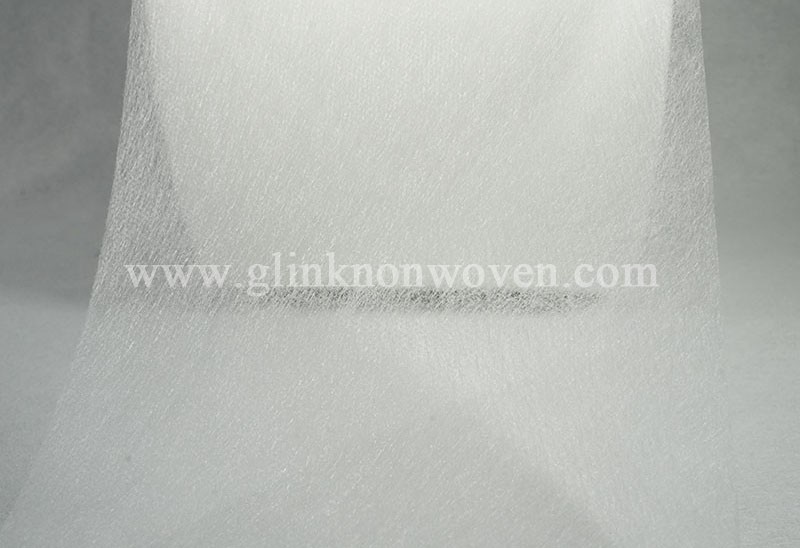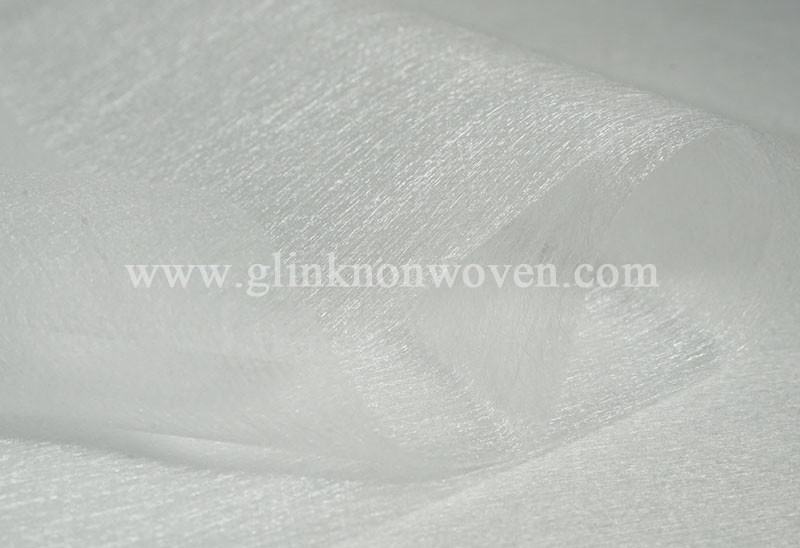The production process of spunbond nonwoven fabric for diapers involves several key steps, starting from raw materials (typically polypropylene) and ending with a fabric that is soft, durable, and highly absorbent. Below is a breakdown of the main stages involved in the spunbond process for diapers:
1. Raw Material Preparation
Polypropylene Resin: The primary raw material for spunbond nonwoven fabric roll is polypropylene (PP) resin, which is a thermoplastic polymer. The resin typically comes in pellet form and is melted before being spun into fibers.
2. Extrusion
Melt Extrusion: The polypropylene pellets are fed into an extruder, where they are heated to their melting point (around 220–250°C). The molten polypropylene is then forced through a spinneret—a device with multiple small holes that shape the melt into fine filaments or fibers.

3. Spinning
Spunbond Process: The molten polypropylene is extruded through the spinneret to form continuous filaments. These filaments are cooled by air or water sprays as they exit the spinneret.
Formation of Fibers: The cooling process solidifies the molten polymer into fine fibers. The filaments are stretched using air jets to increase their alignment and improve the mechanical properties of the fabric.
4. Fiber Orientation and Bonding
Fiber Laydown: The filaments are deposited onto a moving conveyor belt, forming a web of randomly oriented fibers. This is usually done using an air-laying or carding technique, where air is used to scatter the fibers evenly on the belt.
Bonding (Thermal or Mechanical): After the fiber web is formed, it undergoes bonding to enhance its strength and integrity. There are two main types of bonding used:
Thermal Bonding: The fiber web is passed through heated rollers, which melt the fibers at certain points, creating a bond between them. This method provides a soft, flexible fabric.
Needle Punching (Optional): In some cases, mechanical bonding is used, where needles punch through the fiber web to interlace the fibers, making them stronger and more compact.

5. Fabric Consolidation
The bonded web is then consolidated, or compressed, to give it the desired thickness and density. This process is often followed by further thermal or mechanical treatments to ensure uniformity and stability in the fabric structure.
6. Finished Product
Fabric Cutting and Winding: The consolidated nonwoven fabric is wound onto large rolls, which can be further processed to the desired size for diaper production.

In all, that is the production process of spunbond nonwoven for diaper.